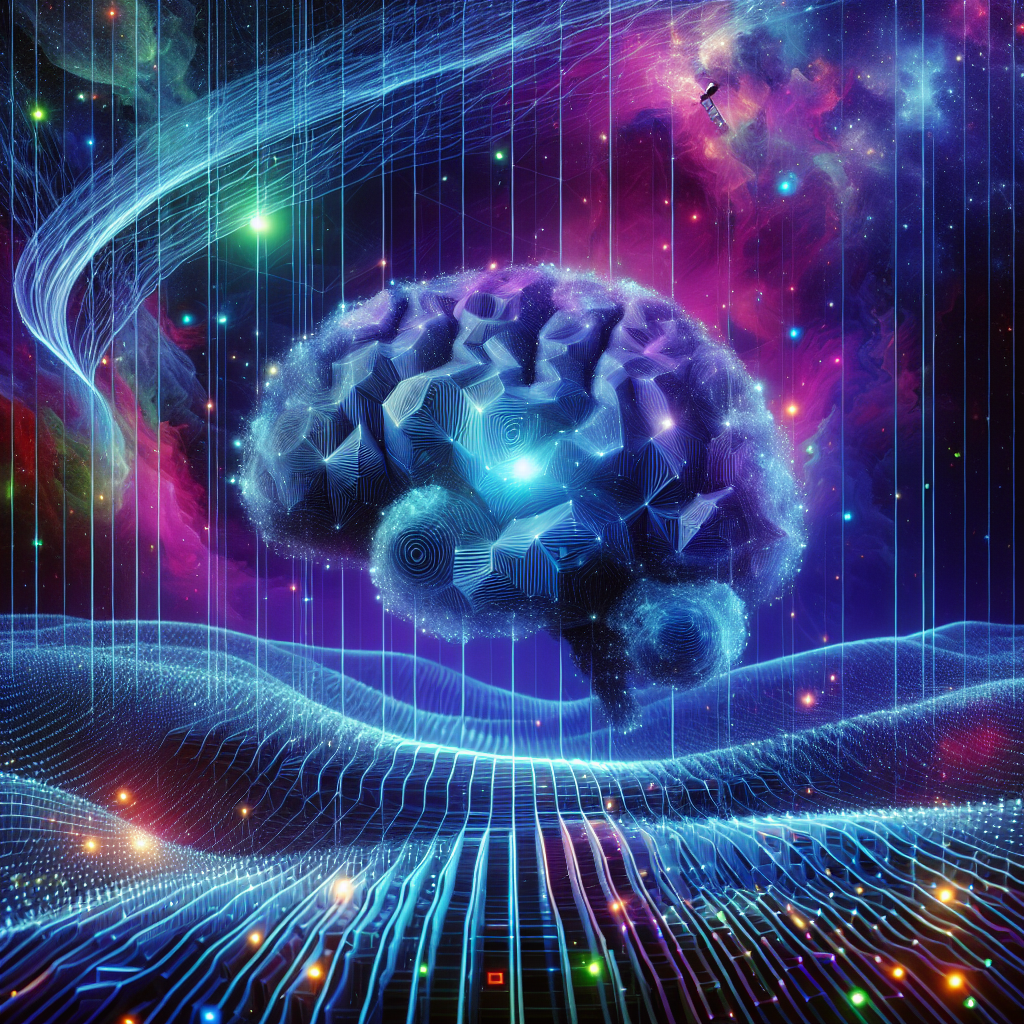Deep neural networks have revolutionized the field of artificial intelligence and machine learning in recent years. These sophisticated algorithms, inspired by the structure of the human brain, have enabled machines to perform complex tasks such as image recognition, natural language processing, and autonomous driving.
As technology continues to advance at a rapid pace, the future of deep neural networks looks promising. There are several key trends and predictions that experts believe will shape the evolution of these powerful algorithms in the coming years.
One of the most significant trends in deep neural networks is the move towards more efficient and scalable models. As the amount of data available to train these algorithms continues to grow, there is a need for models that can process this data quickly and accurately. Researchers are exploring new architectures, such as transformer networks, that can handle large-scale datasets more effectively.
Another important trend is the development of more versatile and adaptable neural networks. Traditional deep learning models are often specialized for specific tasks, such as image recognition or speech synthesis. However, researchers are now working on creating models that can perform multiple tasks simultaneously, known as multitask learning. This approach could lead to more flexible and robust AI systems that can adapt to a wide range of applications.
Additionally, there is a growing focus on explainable AI, or the ability to understand and interpret the decisions made by deep neural networks. As these algorithms become more complex, it is crucial to have transparency and accountability in the decision-making process. Researchers are exploring ways to make neural networks more interpretable, such as using attention mechanisms to highlight important features in the data.
Looking ahead, there are several predictions for the future of deep neural networks. One key area of interest is the integration of reinforcement learning with deep learning. Reinforcement learning is a technique that allows AI systems to learn through trial and error, similar to how humans learn. By combining these two approaches, researchers hope to create more autonomous and adaptive AI systems.
Another prediction is the rise of neural network pruning and quantization techniques. These methods involve reducing the size and complexity of neural networks without sacrificing performance. By optimizing the structure of deep neural networks, researchers can create more efficient models that require less computational resources and energy.
Overall, the future of deep neural networks looks bright, with ongoing research and innovations driving the field forward. As these algorithms continue to evolve and improve, we can expect to see even more powerful AI systems that can tackle a wide range of complex tasks. By staying at the forefront of these trends and predictions, researchers and developers can help shape the future of artificial intelligence and machine learning.
#Future #Deep #Neural #Networks #Trends #Predictions,dnn


Leave a Reply